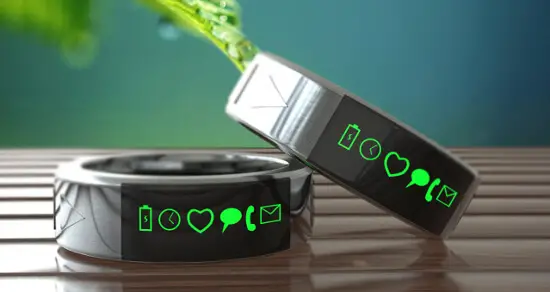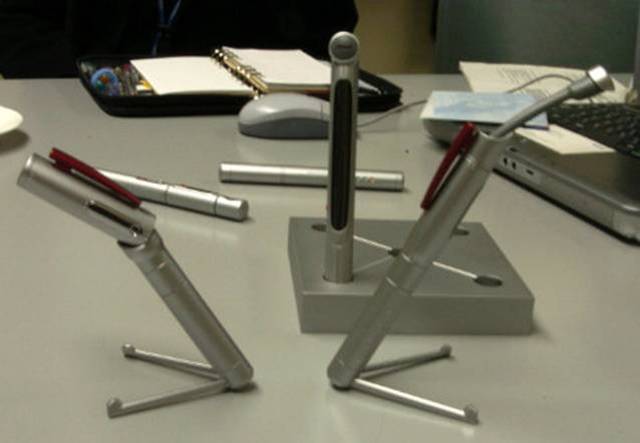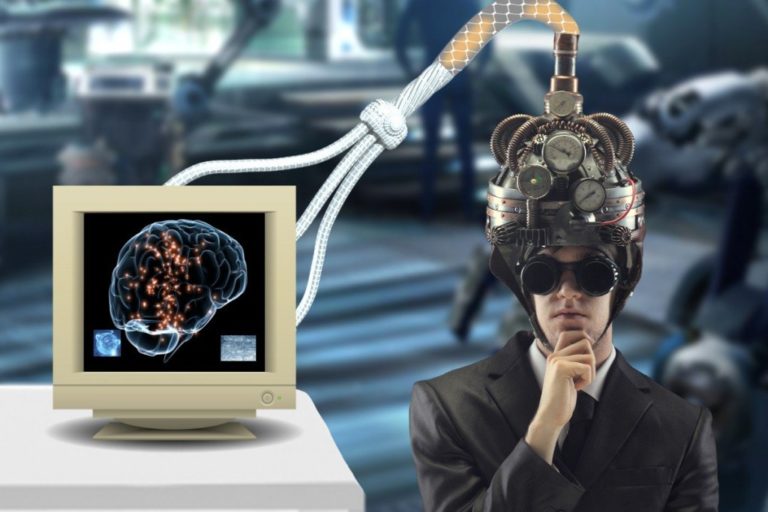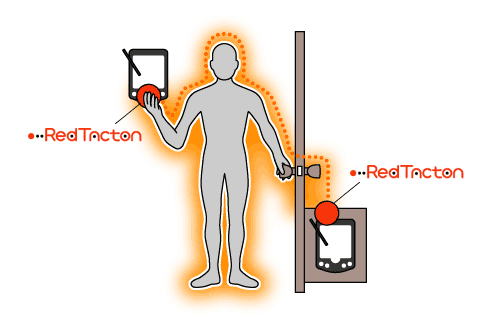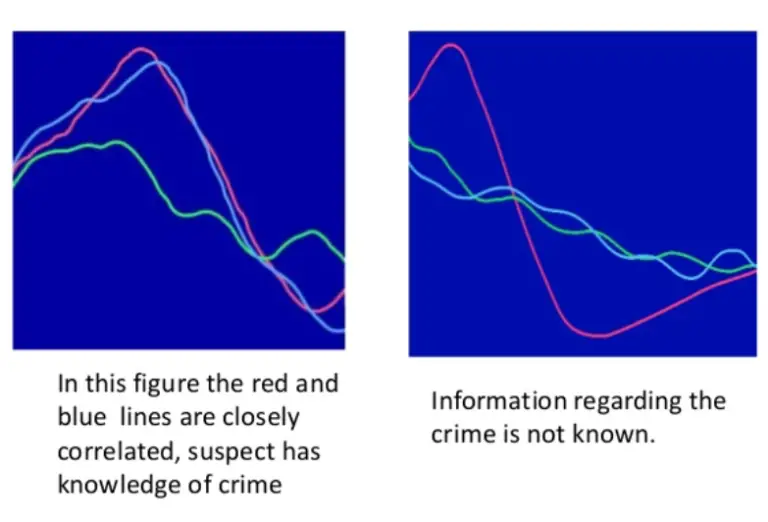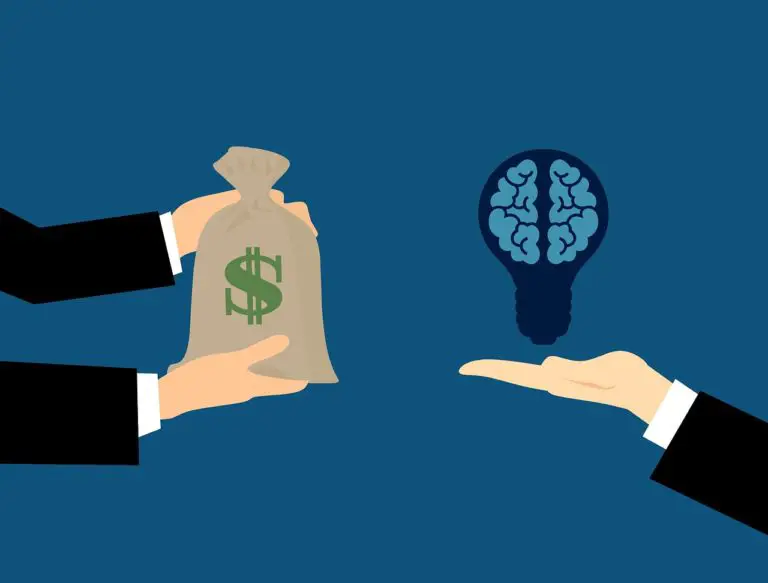Fujitsu’s Palm Vein Technology Overview
Have you ever seen any person verifying his/her authentication through the palm [using Palm Vein Technology] of his hands? Well, you might have seen those in cyber-crime or sci-fi thriller movies. These types of pictures showcase next-level and out of the box technology, adding thrill as well as innovation in work.
What if I tell you that real-life scenarios inspire some of these technologies, and they do exist in the real world.
Yes, it’s real, and this article is based on Palm Vein Technology for security authentication and how it works. So, let’s get started and see the evolution of palm vein pattern authentication and its applications.
What is Palm Vein Technology?
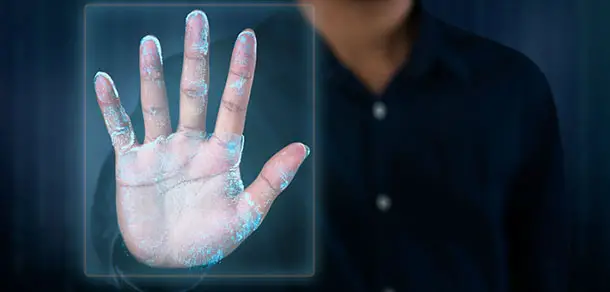
Fujitsu Global Ltd., a leading Japanese IT solution company, introduced this palm vein technology in real. Besides, this technology is highly secure and reliable than any other biometric recognition. Palm vein technology uses a different, we can say it a more secure way of personal identification with less damage rate.
Furthermore, it is also a kind of biometric authentication that helps in recognizing and identifying a personality. Though, it’s verification process is a bit different than any other biometric verification.
The Notable part?
Palm vein technology is the world’s first contactless corporeal identification system. It uses vein patterns of a human hand to affirm or identify any individual. Also, it is a type of vascular pattern authentication that uses an infrared sensor to compare the pattern of veins in an individual hand.
How Palm Vein Technology Works?
Let’s see how it registers each vein of a pattern on the palm vein scanner.
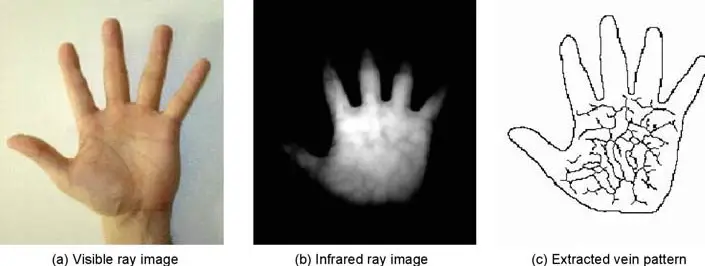
- Our lungs oxygenate the Haemoglobin, and it carries oxygen to different tissues through arteries. After releasing the oxygen to muscles, the deoxidized blood returns to the heart through veins.
- These deoxidized blood in veins have a high light absorbency rate of 760nm. And when a human palm is placed on an infrared scanner (as shown in fig A), it absorbs the light rays and displays only the veins of that palm in the black pattern (as in fig B), thereby reducing the reflection rate.
- Now, the image of the veins is photographed by the scanner and then process the image to extract only the vein pattern (as shown in fig C).
- These patterns of different human palm get register with other essential information of every individual. Hence, these patterns are used as standard mediums to provide access to any person.
Advantages
The following are the advantages of using palm vein technology.
-
- It is much more reliable than other biometric technology with a false rejection rate of 0.01%. Also, it has the false acceptance rate of 0.00008%.
- Registering hands at an earlier stage (as a child), continues to be the same verification pattern as an individual grows.
- The cost of a palm vein scanner is relatively affordable by every small and mid-scale enterprise
- The scanning speed of the scanner is around 2.18 seconds to verify identity.
- Vein recognition is highly secure as authentication data exists inside the palm of a hand and cannot be forged.
- Direct scanning and verification help in the elimination of IDs and passwords.
- It is the most accurate biometric modality as it has low FAR and FRR
Applications of Palm Vein
Palm vein technology can be useful in many fields with low damage rate, high accuracy, and strong security. With the increasing importance of security in every area of the field, identification of each individual has become imperative. Besides, if there is no proper authentification access to confidential data, it may lead to a massacre.
Banking
In banks and ATMs, the palm vein scanner can help reducing scams and theft of confidential data. At ATMs, the scanner can identify an individual user through registered data in the database, and further, the transaction can be processed to avoid any forgery.
Hospitals
In hospitals, the palm vein scanner can be useful in accessing the report history for any patient willing to take further treatment. Also, it can help identify the total number of patients currently under cure treatment. The identification of doctors, too, helps avoid any crime scene inside the hospital.
Personal Gadgets
Palm vein technology can be fed into personal computers as well as laptops to protect sensitive information. Also, the transfer (input and output) of data can quickly secure through authorized login and permissions.
Security at Home & Other Areas
This technology helps in authorizing permitted users to access the entry as well as exit to any particular area. Besides, the technology may help validate locker rooms and safe zones inside laboratories. Further, at home, it allows entry inside the gate only after verification.
These are some of the primary applications of palm vein technology. Moreover, it can be helpful in other aspects and several fields of areas. For example – validating passports and official IDs; in industries to provide access to employees; and to identify the number of attendees in any program.
The Final Counterpart
The palm vein technology is the present, as well as the future of biometric authentification and verification. This technology is comparatively more reliable, faster, and secure than any other biometric technology. The most prominent part, this technology offers a hygienic advantage over other biometric authentication because of its contactless feature.
The use of palm vein patterns are highly accurate as the authentication data resides inside the individual hand itself. So, there are very fewer chances of forgery. Moreover, this technology showcases a unique and sophisticated approach of vein patterns, which makes it highly reliable. The importance of security to access the data is increasing day by day, and so the technologies like palm vein are helping users to fulfill their needs.

